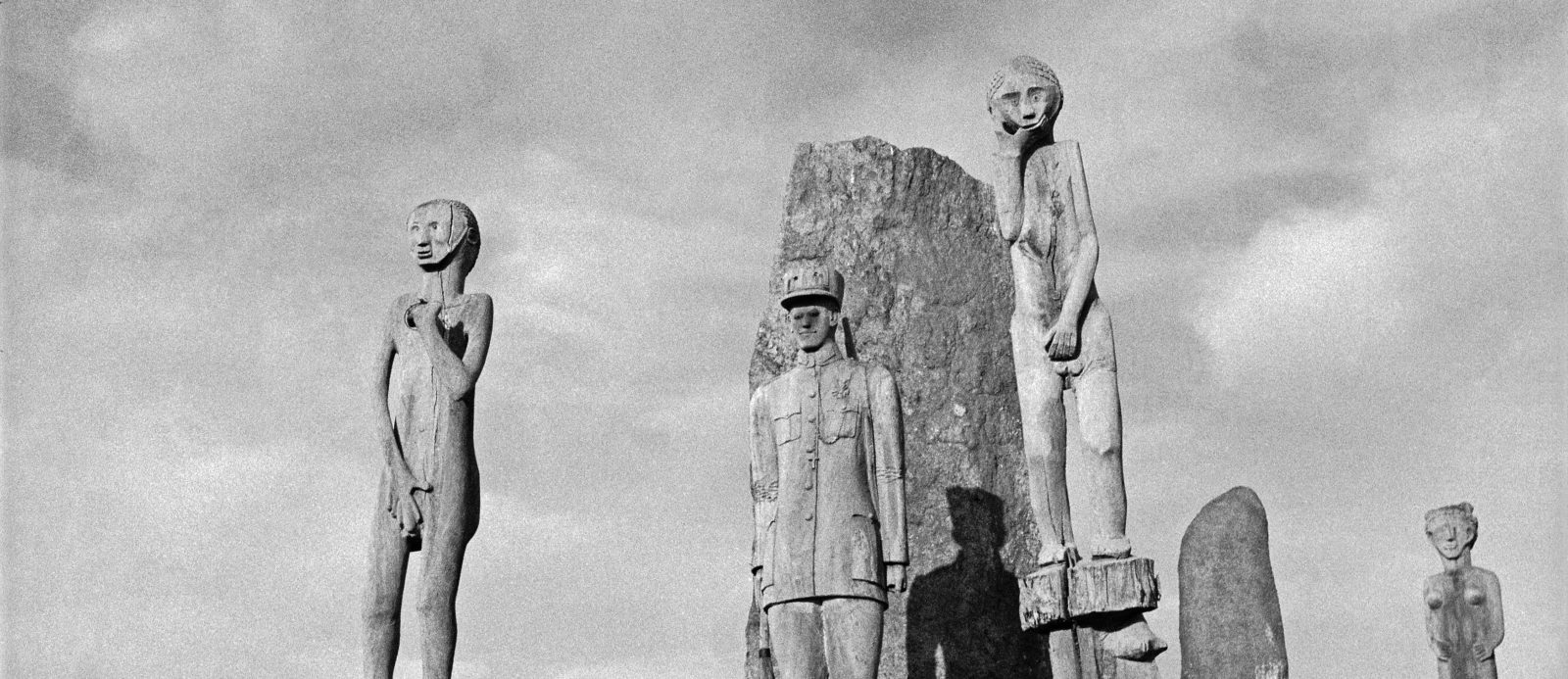![/head/issue/sites/head_issue/files/migrations/inline-images/Cover_Genoud_brique-697x1024.jpg [missing img]](/head/issue/sites/head_issue/files/migrations/inline-images/Cover_Genoud_brique-697x1024.jpg)
<em>rano rano</em>, Master thesis, Léa Genoud, 2019
Western museums are institutions of knowledge as well as places of representation. Deeply rooted in white imperialist history, it seems unavoidable to think about these particular institutions ignoring the critical approach to their colonial legacies. However, despite the growing number of decolonization initiatives that are taking place in Europe and North America, the observation of the political theorist and historian Françoise Vergès still stands today: western museums and their collections constitute a “symptom of the present.” They represent an impossibility to think and confront the implicatedness of the colonial matrix of power[note]Anibal Quijano, “Coloniality of Power, Eurocentrism, and Latin America” in Nepantla: Views from South 1, no. 3 (2000), 533-580.[/note] at the heart of western modern social order. German activists use a specific word to describe these processes of epistemic foreclosure: Entinnerung[note]AfricAvenir International e.V., Mareike Heller, No Humboldt 21! Dekoloniale Einwände Gegen Das Humboldt-Forum (AfricAvenir International e.V., 2017), 44-45.[/note]. Un-remembering. It does not imply total erasure, but tends towards forms of relativization of specific histories that unsettle “imperialist white supremacist capitalist patriarchy.”[note]bell hooks.[/note] Departing from a critique of western museums, as well as my own embodied experience, my research is following the path of fugitivity.[note]Stefano Harney, Fred Moten, The Undercommons: Fugitive Planning & Black Study, (Minor Compositions, 2013).[/note] On this trail, I encountered artists and thinkers developing a powerful embodied critique, rooted in a heritage of maroon thinking/marronnage. Here, I understand the maroon[note]Fugitive slaves escaping the plantations in the Caribbean, what was called the Mascarene Islands, North and South America and creating autonomous communities often situated in wild territories outside of the master’s reach, in the mountains, the forests, the swamps.[/note] not only as the historical individual, but also as the trans-historical political and cultural figure. The maroon embodies what most radically unsettles European modernity, and therefore, opens the possibility of what Françoise Vergès calls “a radical promise”[note]Françoise Vergès, Féminisme décolonial (Paris: La Fabrique, 2019), 37.[/note] in Féminisme décolonial; a radical promise to open a fugitive trail,[note]Stefano Harney, “A Conspiracy Without,” in The Curatorial: A Philosophy of Curating, ed. by Jean-Paul Martinon, (London: Bloomsbury Academic, 2013), 127.[/note] where we gather accomplices to haunt, worry and unsettle racial capitalism. Accomplices with whom we work at undoing the principles of non-questioning that hold western normative positions in power. By naming it, marking it, we answer to the call of the artist Jota Mombaça to “make the normal face itself, expose the regimes which uphold it, upset the logic of its privilege, intensify its crises and pick apart its dominant, controlling ontology.”[note]Jota Mombaça, “Fragment of “Towards a Gender Disobedient and Anticolonial Redistribution of Violence”: Naming the Norm”, http://www.nightschool.at/wp-content/uploads/2017/03/Fragment-of-Towards-a-gender-disobediente-and-anti-colonial-redistribution-of-violence.pdf.[/note] By the means of a multidimensional[note]Darren Lenard Hutchinson, “Identity Crisis: “Intersectionality,” “Multidimensionality,” and the Development of an Adequate Theory of Subordination”, 6 Mich. J. Race & L. 285 (2001), available at http://scholarship.law.ufl.edu/facultypub/387.[/note] approach, my research project is concerned with exposing and upsetting the logic of the western museum through its multiple corollaries—be it the exhibition complex, colonial photography or contemporary art performance, through the lens of Blackness, Fugitivity and Feminist theories. Léa Genoud
